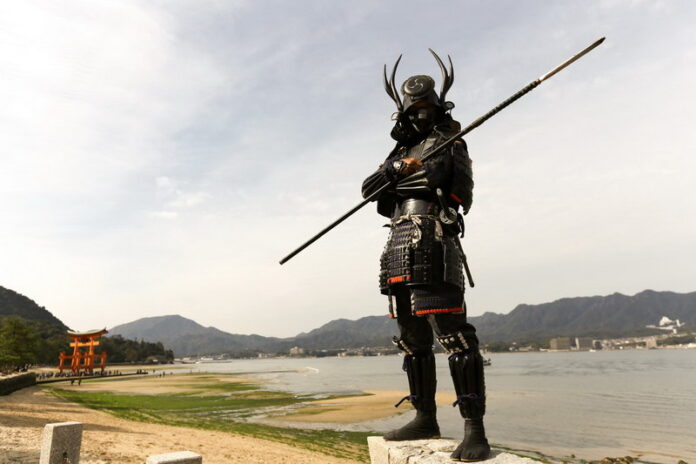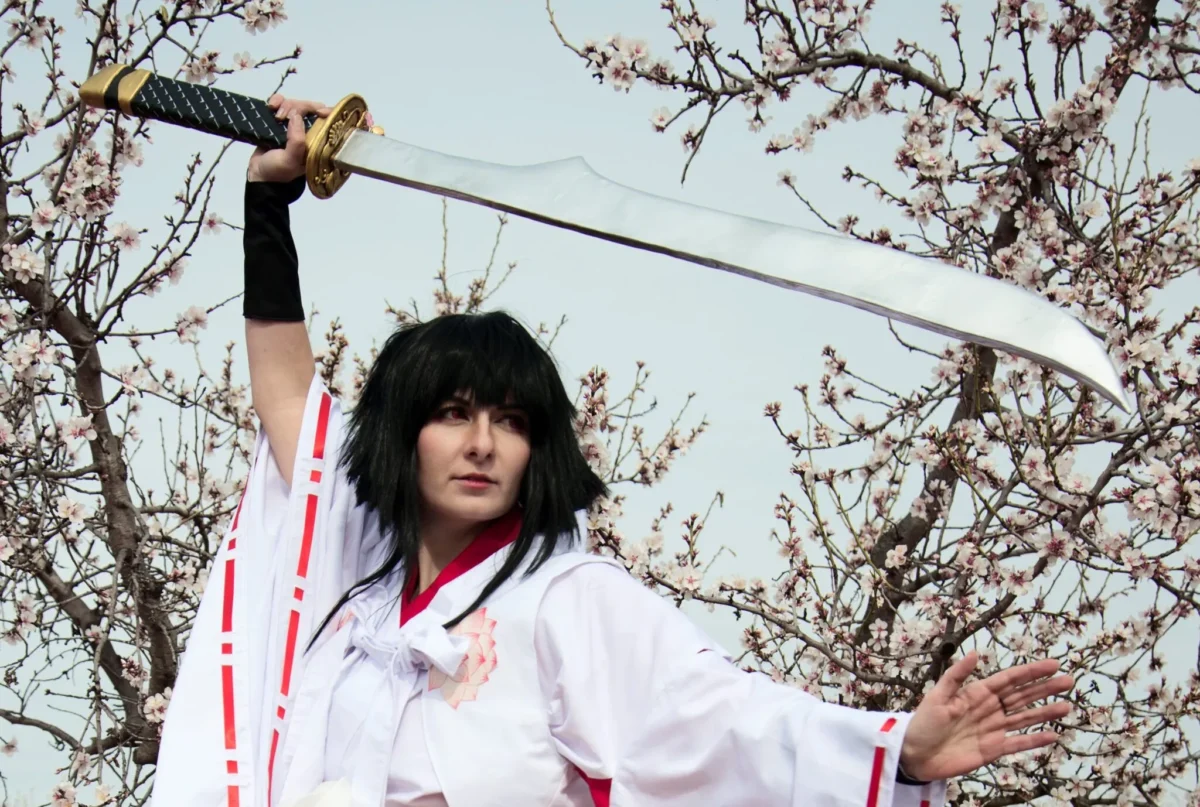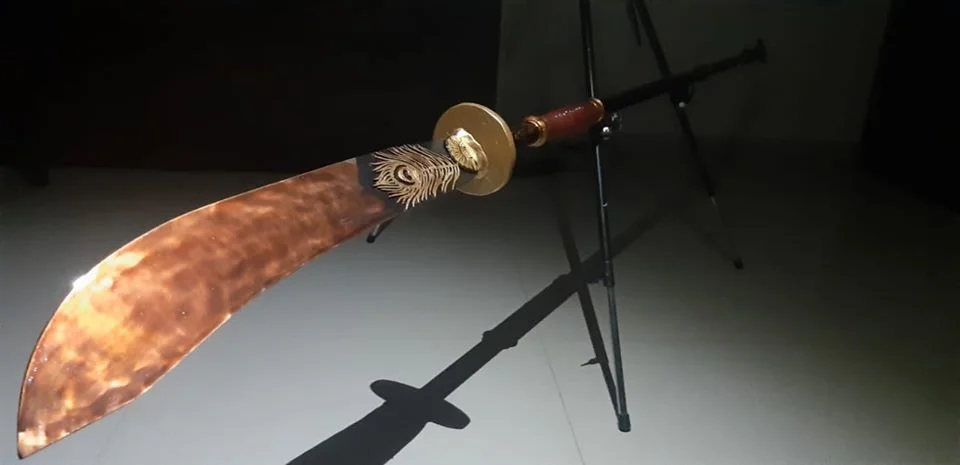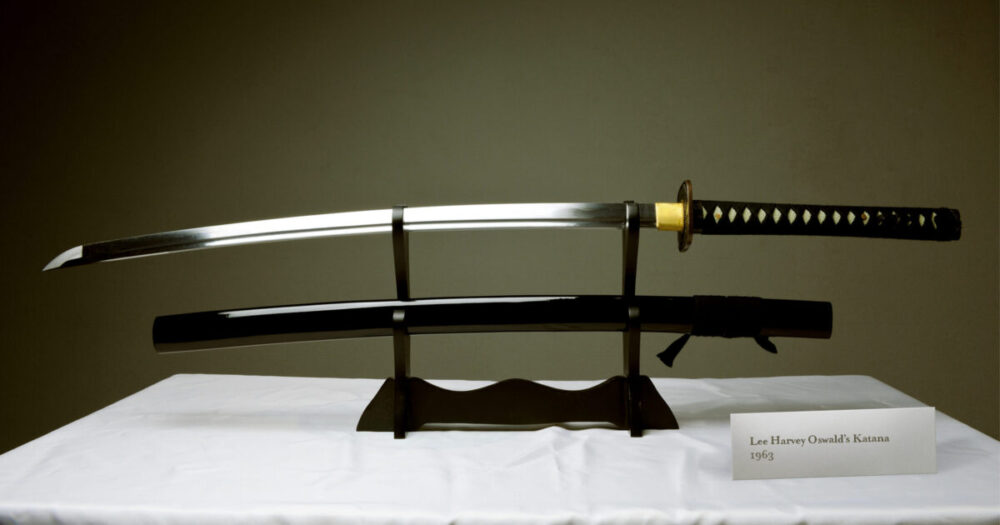
Have you ever wondered about the art and culture behind pole-arm? Do you wish to know what a polearm is and why Japanese people praise it? In this article, we will be helping you by talking all about what a Japanese polearm is and what it is called. So without further ado, let us dive right into it.
Brief overview
Before we dive into talking about what polearm is and why many Japanese people praise it, let us talk about an overview. As you may or may not know, the katana and wakizashi are two examples of high-quality curved-edge swords that are best associated with Japan.
However, over time, the area has developed hundreds of different new weaponry, such as polearms. One such pole arm developed in medieval Japan is the naginata. The polearm weapon known as the naginata was created in feudal Japan.
There were several varieties of it, but the majority of them had a wooden pole with a single-edged, curved blade attached at the very top. Many conventional Japanese katana design features, such as a circular tsuba dividing the wooden shaft and blade, were also present in the naginata.
Use of naginata

Now that you know that the Japanese polearm is known as Naginata let us take a look at how it is used. The naginata wasn’t Japan’s most maneuverable weapon. Samurai warriors could not fully utilize it efficiently in close quarters because of its length as well as its enormous size.
However, it must be mentioned that this was not how the naginata was intended to be used. Instead, it was mostly employed in wide areas where a samurai fighter could attack adversaries while remaining safe. It is vital to understand that not all samurai fighters employed the naginata.
Both warrior monks known as sohei and foot troops known as ashigaru employed it. Because of these factors, the naginata was a weapon that was often used on the battlefield throughout feudal Japan.
Popularity
Many people out there do not know this, but the naginata’s reputation as a useful weapon started to decline during the time of Japan’s Edo Period. The naginata developed a new role on the battlefield as the polearm weapon saw less action.
Today, it has been known that individuals started buying and owning naginata as a status symbol. Owners of this polearm were regarded as being of great social standing and riches. It not only served as a symbol of wealth but also showed power and strength as they were originally made with great care and utmost respect.
It may be shocking to hear, but several traditional Japanese martial arts still use the naginata. For instance, in naginatajutsu, practitioners spar with practice copies of this traditional JapaneseNaginata. This goes to show that the culture and practice of polearm are still being appreciated, regardless of the way it is used.
Naginata appreciation in today’s world

Now you may be asking yourself; how is naginata used in today’s modern world, and how similar is it to ancient Japanese practice? Although naginata may be used to smash, break, or even hold an opponent in a defensive posture, they are frequently twirled and rotated to provide a wide field of effect due to their relatively balanced center of mass.
The weapon’s total length is not increased by the blade’s large cutting surface. When compared to a sword, they have several tactical benefits, as we have mentioned earlier. Their attractive length enables the user to be away from the danger zone of their opponent.
Even though weight is typically considered something to be one of the cons, the weight of the weapon allows the sword to create a strong and impactful sound effect, which is why many people refer to this type of sword as being large and extremely powerful.
Features of polearm
The naginata is a big weapon, although it weighs just around two pounds. The length of early specimens of the weapon ranged from 47 inches to 96 inches. The majority of contemporary variants are between 82 and 88 inches long. It features a long wooden shaft with a curved blade at the end.
The blade’s size typically ranges from 11 to 23 inches, depending on the weapon’s overall length. It may be used to strike, stab, or hook the opponent and is only sharpened on one side. The historical sword’s blade was mainly hand-forged by an experienced sword-smith and folded using the same age-old techniques as other Japanese swords.
It is important to note that a tang on the blade was put into the shaft, which is a relatively unique method as compared to other blades out there. These variations have the blade fixed in a way that allows it to be removed from the rest of the blade.
When employed for martial arts, this weapon’s modern manufacture differs slightly from that of its predecessor. There are often two styles to choose from. The kihon yo is made of lightweight Japanese white wood, which is used in its carving. The second battle style is more violent as it has a bamboo blade that can be changed due to its flexibility and thus does not hurt its victim. The shiai yo is the name of this variation.

Conclusion
So there you go, folks! Now you know what the polearm is called and why it is a popular weapon in the history and culture of japan.








